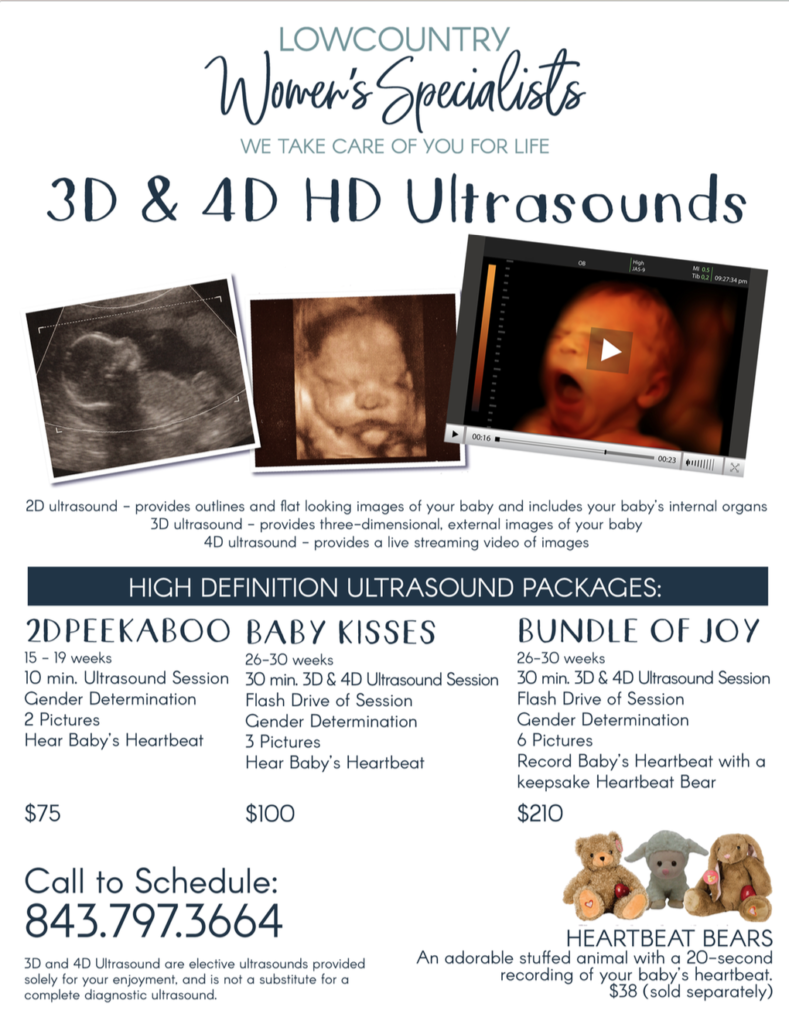The week of January 20, 2020, Dr. Bo Reeves and Dr. Ronnie Givens performed their 600th (Reeves) and 800th (Givens) minimally invasive robotic gynecological procedures at Summerville Medical Center. Dr. Reeves and Dr. Givens had the distinction of performing Summerville Medical’s first robotic OB/GYN surgeries in 2012, and have helped champion and grow the minimally invasive robotic surgery program in the last eight years.
“We are able to take care of women in a minimally invasive way,” explained Dr. Givens. “Minimally invasive robotic procedures allow them to experience less post-surgical pain, shorter hospital stay, and a quicker return to their normal lives.”
“It’s truly remarkable what our physicians and surgical team have accomplished,” commented Kate Nixon, Director of Surgical Services at Summerville Medical Center. “We are dedicated to ensuring our Lowcountry families have easy access to high quality care close to home. Our state-of-the-art surgical system allows us to perform a wide range of surgery procedures that has tremendous benefits to a patient’s recovery and return to normal daily activities.”
In 2019 Summerville Medical Center completed an $8 million new surgical wing with two new operating rooms (ORs) and 18 beds for patients to recovery after their surgery. The project also renovated 4 existing ORs, Endoscopy Suite, Central Sterile Processing and the Post-Anesthesia Care Unit. As part of the renovation, the hospital acquired a $1.5 million state-of-the-art minimally invasive robotic surgical system. The hospital has two robotic surgical systems available for procedures.
The minimally invasive robotic system enables the surgeon to operate with enhanced vision, precision, and control. The surgeon sits at a console while viewing a high-definition 3D image of the anatomy, and grasps the master controls with hands and wrists naturally positioned. Four robotic arms hold an endoscope (camera) and surgical instruments to carry out the surgeon’s commands. The system seamlessly translates the surgeon’s hand, wrist and finger movements into precise, real-time movement of the surgical instruments positioned inside the patient’s body. These instruments can bend and rotate far greater than both traditional instruments and the human wrist. Every surgical maneuver is under the direct control of the surgeon.


